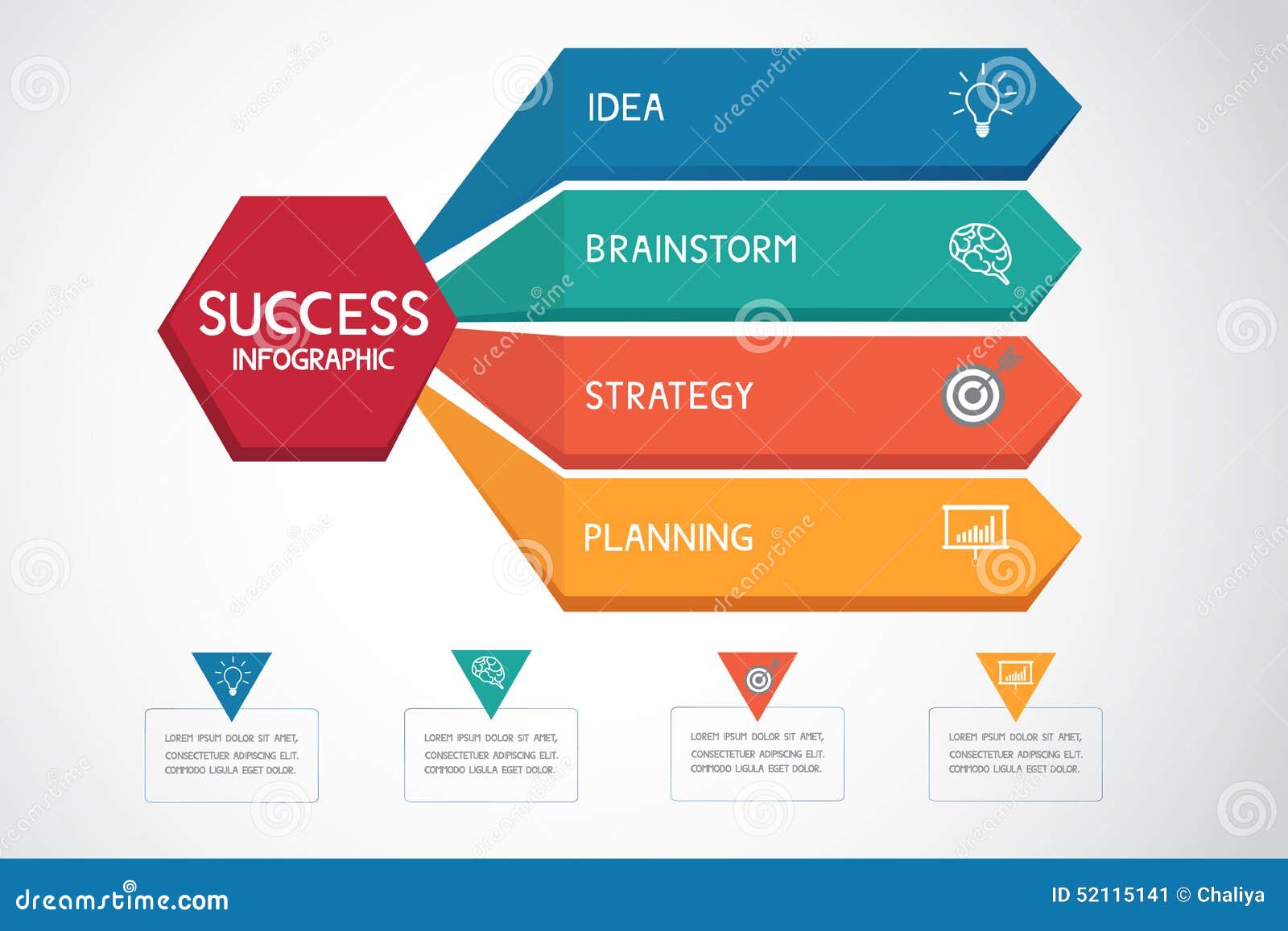Interested In Discovering Exactly How Website Design Has Transformed For Many Years? Check Out The Trip
Interested In Discovering Exactly How Website Design Has Transformed For Many Years? Check Out The Trip
Blog Article
Staff Author-Kinney Peters
In the past, websites were straightforward and concentrated on information. Navigation was straight, and style was for desktop computers. Currently, individual experience is key. Data guides styles for easy navigating. Responsive designs fit different gadgets. Today, dark setting reduces pressure, and minimalist menus boost navigating. Interactive functions engage customers, and strong visuals stand apart. AI integration enhances interaction. See exactly how style has evolved to improve your on the internet trip.
Early Days of Web Design
In the early days of web design, simpleness reigned supreme. Web sites were basic, with minimal colors, typefaces, and layouts. The focus was on offering info instead of showy visuals. Individuals accessed the internet through slow dial-up links, so speed and capability were crucial.
Navigating food selections were straightforward, normally located on top or side of the page. Internet sites were created for home computer, as mobile browsing wasn't yet widespread. Material was king, and designers focused on very easy readability over intricate style components.
HTML was the primary coding language used, and designers needed to work within its restraints. Animations and interactive features were very little compared to today's requirements. Sites were fixed, with little dynamic content or personalized individual experiences.
Increase of User-Focused Style
With the development of website style, a shift towards user-focused layout principles has actually become progressively noticeable. Today, producing websites that prioritize user experience is essential for engaging visitors and attaining organization objectives. User-focused design involves comprehending the needs, choices, and habits of your target audience to customize the web site's format, web content, and includes accordingly.
Designers now conduct thorough research, such as customer studies and usability testing, to collect insights and responses directly from individuals. This data-driven approach aids in creating intuitive navigating, clear calls-to-action, and aesthetically attractive user interfaces that reverberate with visitors. By positioning the customer at the facility of the layout process, web sites can deliver an extra tailored and enjoyable experience.
Receptive style has actually likewise become a key aspect of user-focused style, making sure that sites are enhanced for different gadgets and screen dimensions. This adaptability boosts access and usability, catering to the diverse ways individuals interact with web sites today. Essentially, the rise of user-focused design signifies a change towards creating digital experiences that prioritize the needs and assumptions of the end customer.
Modern Trends in Website Design
Explore the most up to date fads forming website design today. One prominent pattern is dark setting style, offering a smooth and modern look while reducing eye pressure in low-light environments. An additional essential pattern is minimalist navigation, simplifying menus and enhancing user experience by concentrating on essential elements. Integrating micro-interactions, such as computer animated switches or scrolling effects, can develop a much more appealing and interactive site. Responsive layout continues to be vital, guaranteeing seamless individual experiences throughout different tools. In addition, making use of strong typography and unbalanced formats can add aesthetic interest and accentuate particular web content.
Incorporating AI technology, like chatbots for client assistance or personalized suggestions, enhances user interaction and improves processes. https://www.htmlgoodies.com/seo/tips-for-seo-competitor-analysis/ has likewise end up being a significant trend, with designers prioritizing comprehensive style methods to cater to diverse customer needs. Embracing sustainability by maximizing internet site efficiency for speed and performance is an additional emerging fad in website design. Collaborating with user feedback and data analytics to repeat and boost style continually is essential for staying pertinent in the ever-evolving electronic landscape. By accepting these modern-day patterns, you can produce a visually enticing, easy to use internet site that reverberates with your audience.
Verdict
As you assess the evolution of website layout from the very early days to currently, you can see exactly how user-focused design has actually become the driving force behind modern fads.
Accept the trip of adjustment and adaptation in web design, constantly keeping the user experience at the forefront.
Tippingpointdigital
Stay current with the most recent trends and innovations, and never quit advancing your strategy to develop aesthetically sensational and easy to use web sites.
Evolve, adapt, and produce - the future of web design is in your hands.
